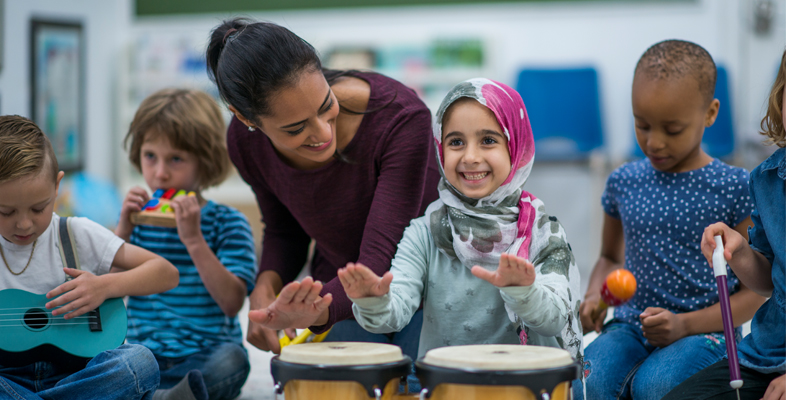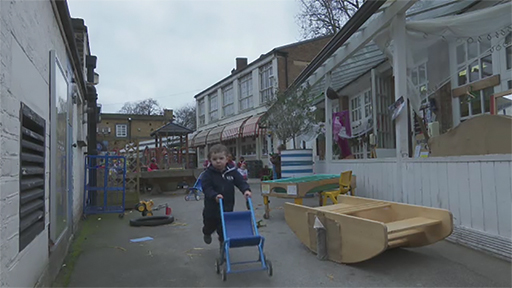2 Listening for discontinuity
In the previous section you considered the value of listening during transition to create continuity and active participation. Where there are barriers to developing shared understandings, such as differences in language or a lack of time or resources, children’s experiences can lack connection. Change itself can result in a feeling of discontinuity; new environments, people and cultural practices can be stimulating but they can also be a source of anxiety (Dockett and Perry, 2007). It is only through careful listening to a child that a practitioner can identify which aspects of their transition might be acting as a barrier to participation.
Researcher Hilary Fabian (2002) suggests that discontinuities fall into three categories:
- Physical – change in physical environment, size, location, number of people.
- Social – change in primary and peer relationships.
- Philosophical – change in ethos and values.
In the following examples from research conducted by Ita L. McGettigan and Colette Gray (2012), children reflect on their experiences of transitioning into schools across rural Ireland. As you read the children’s views, consider how listening enabled the children to express barriers to their participation.

